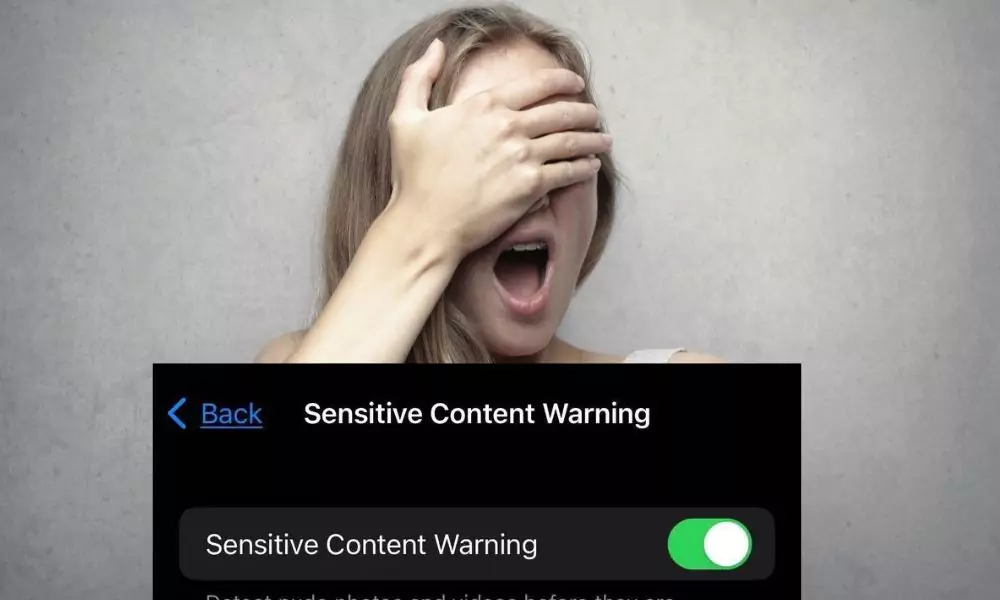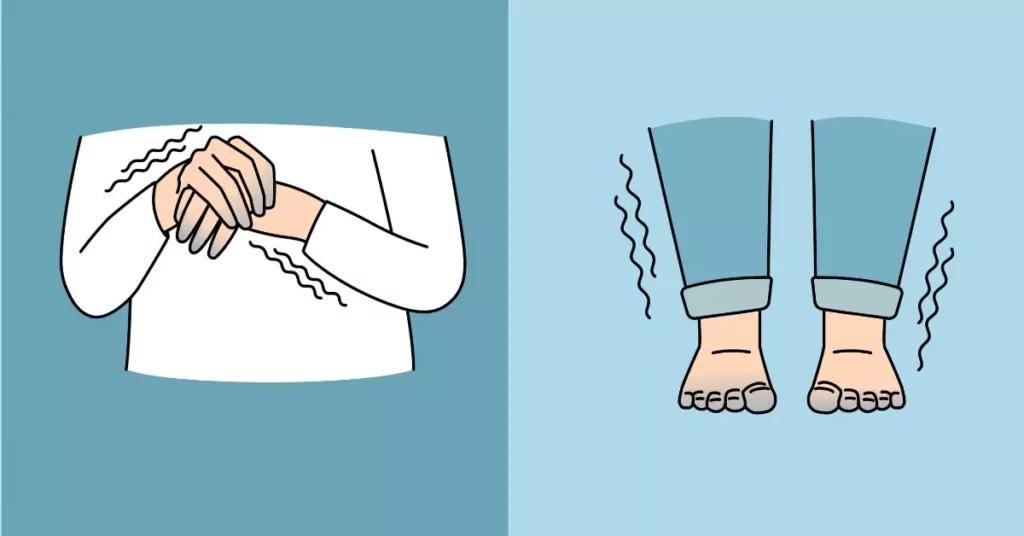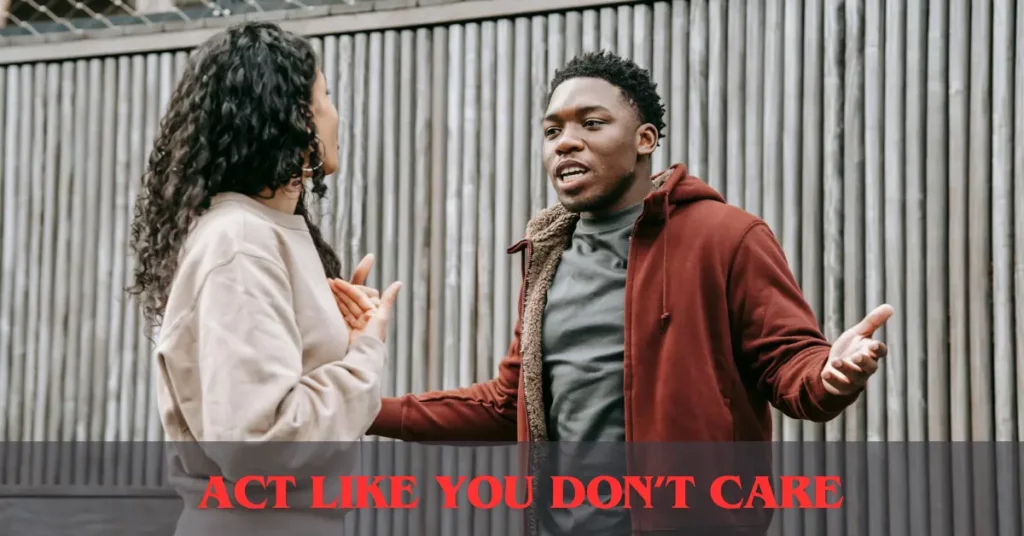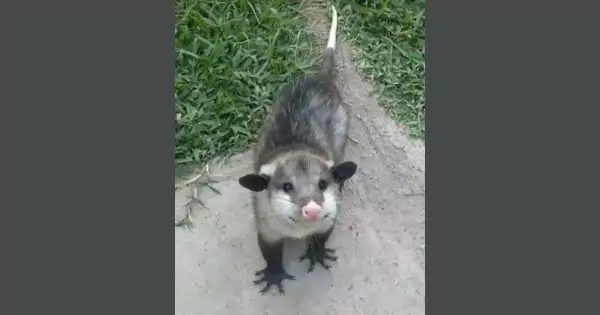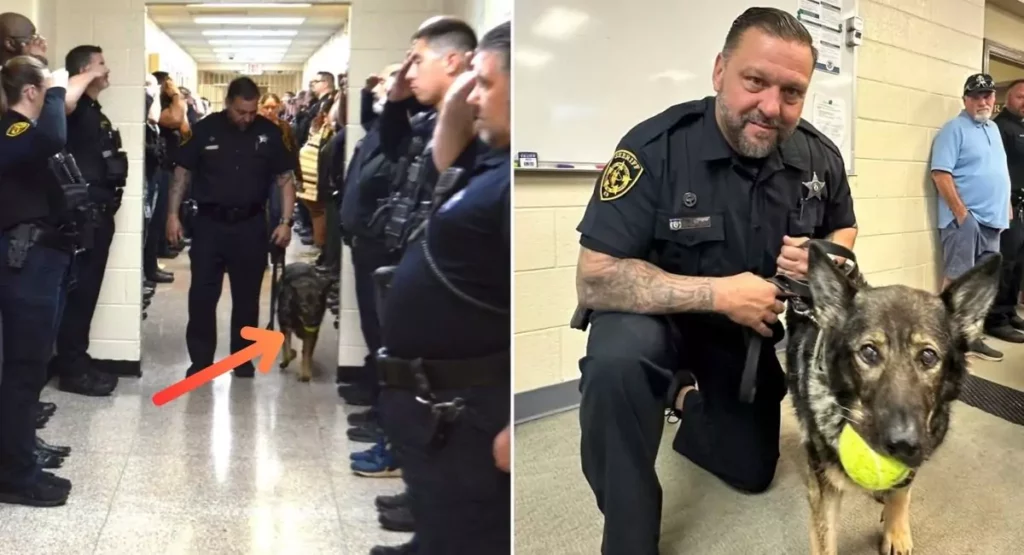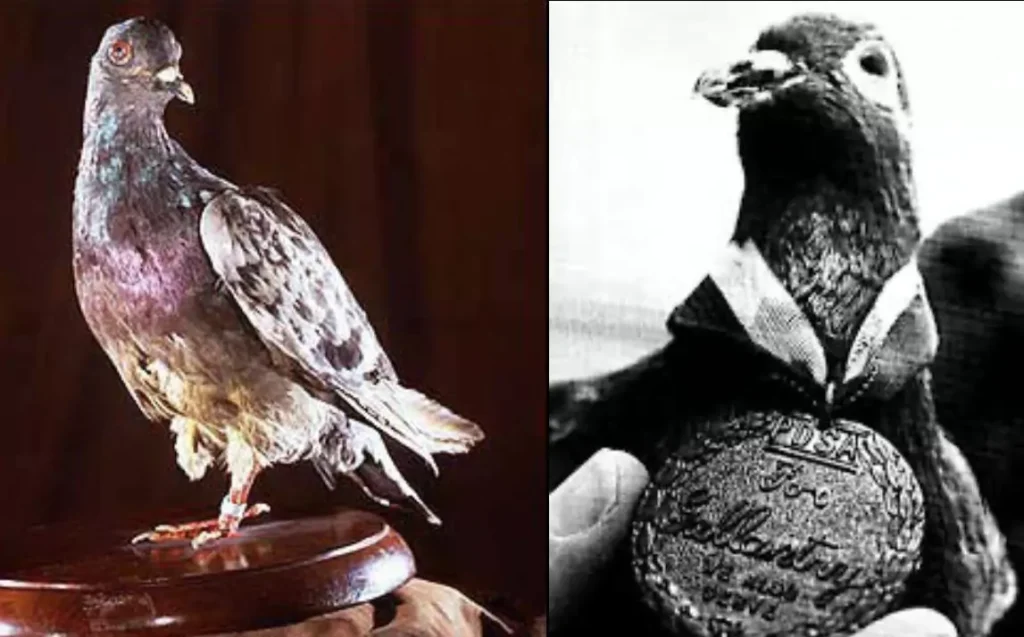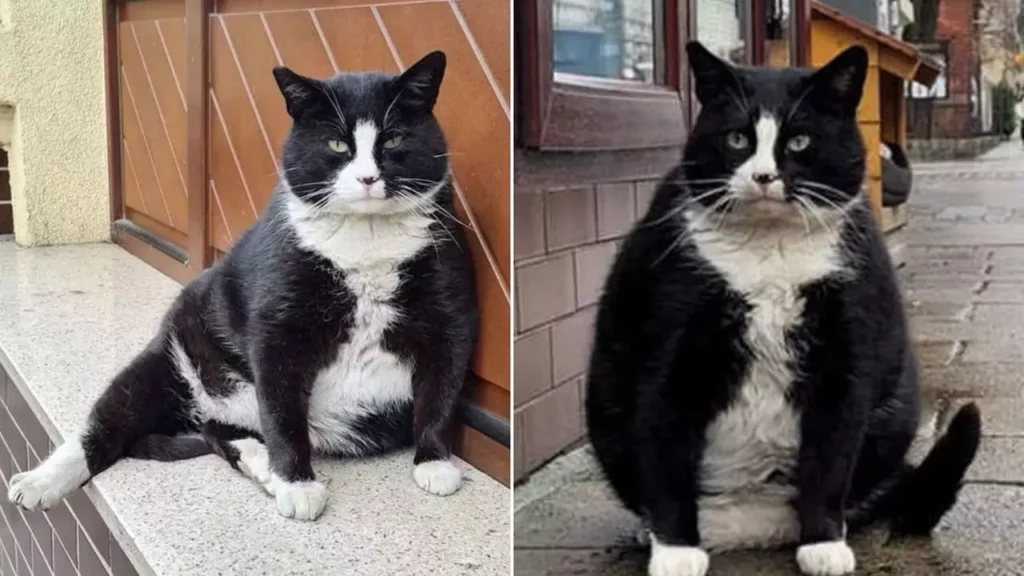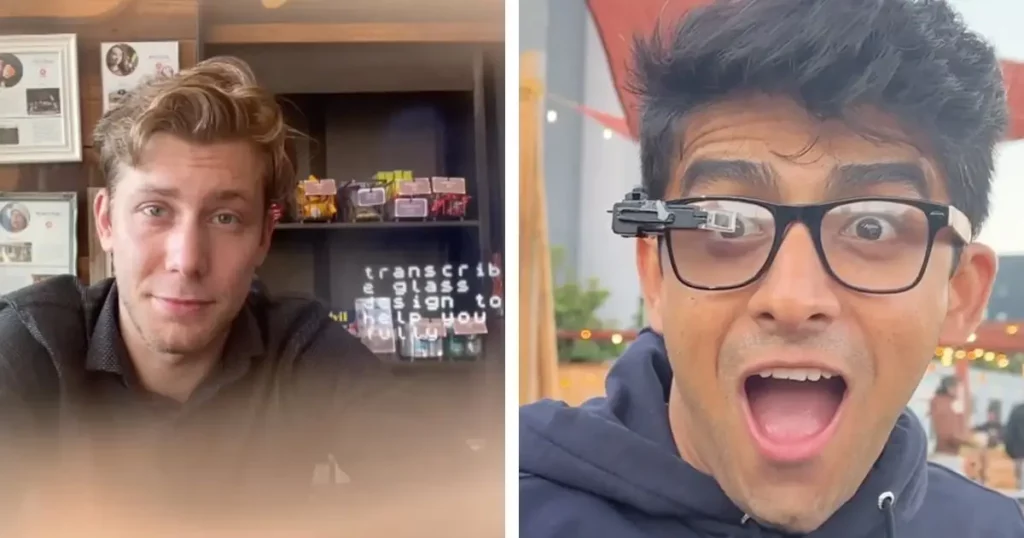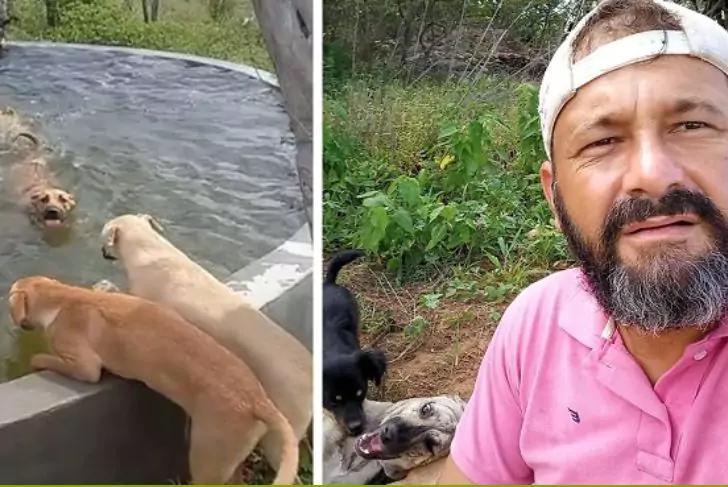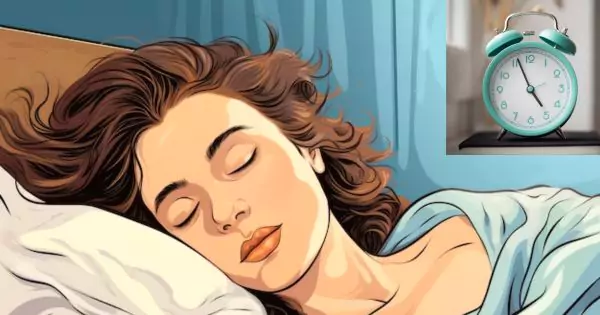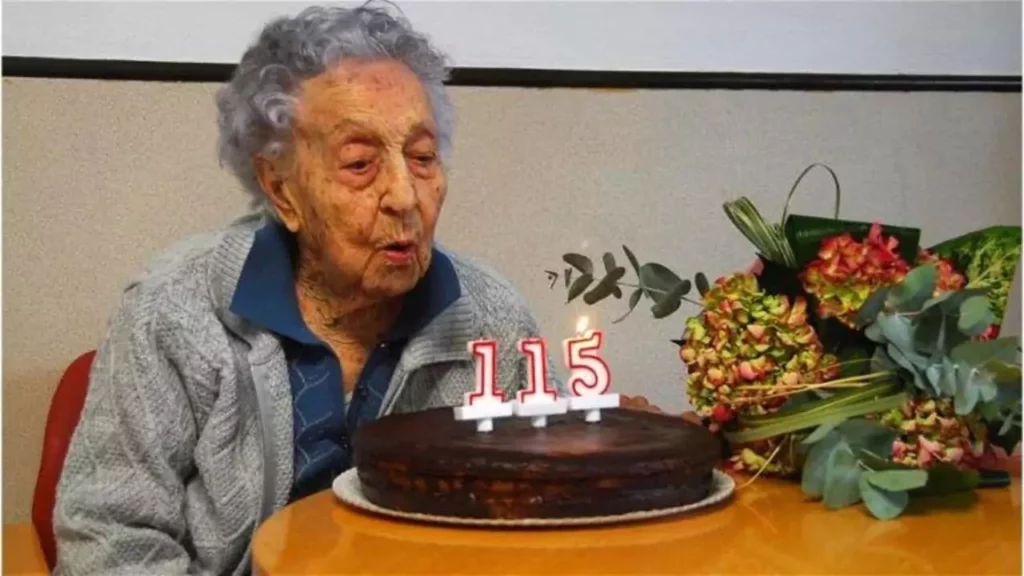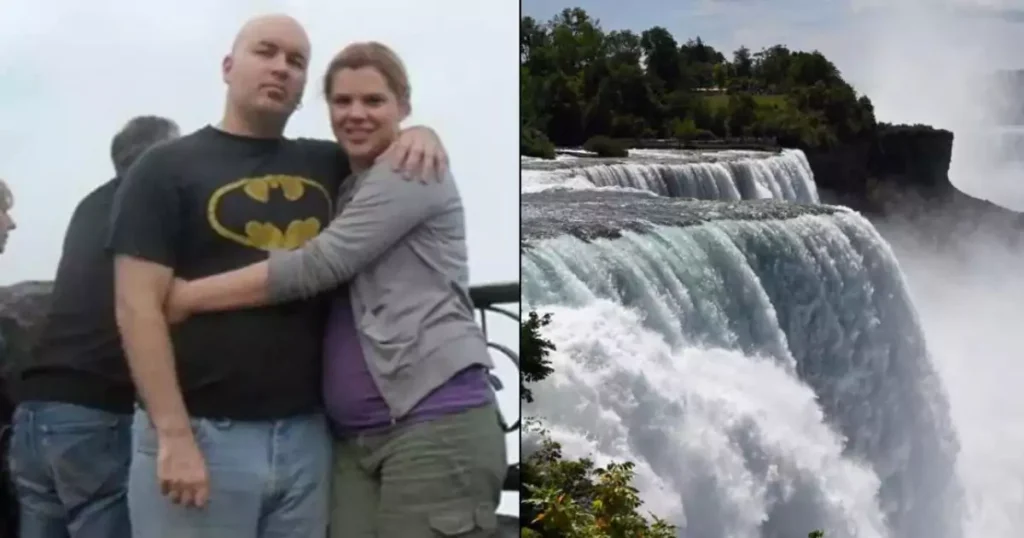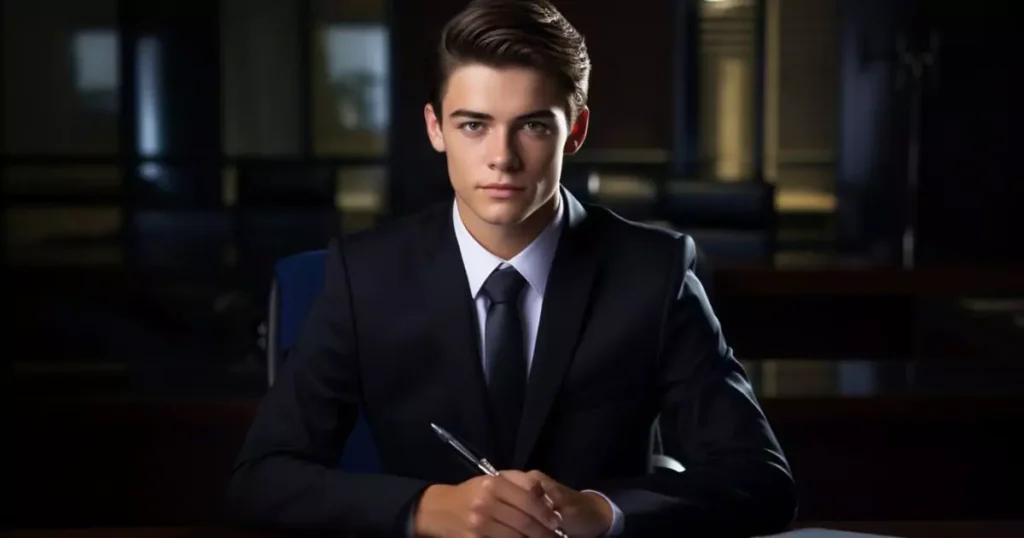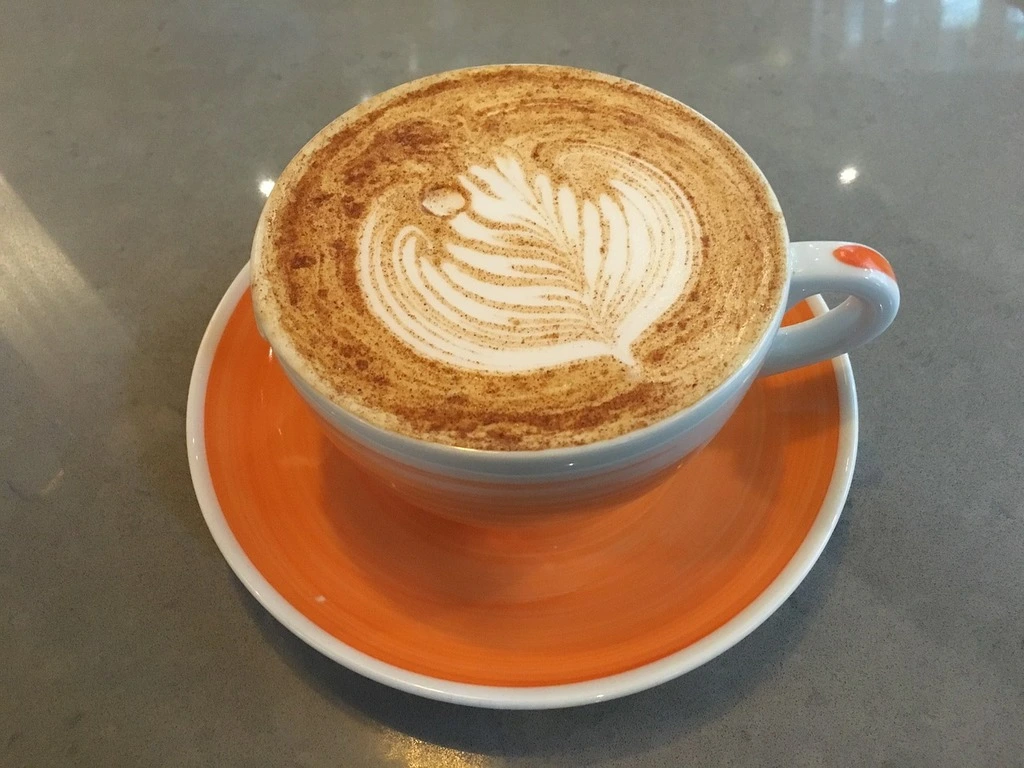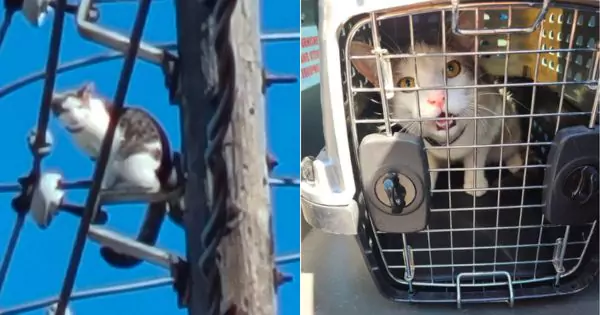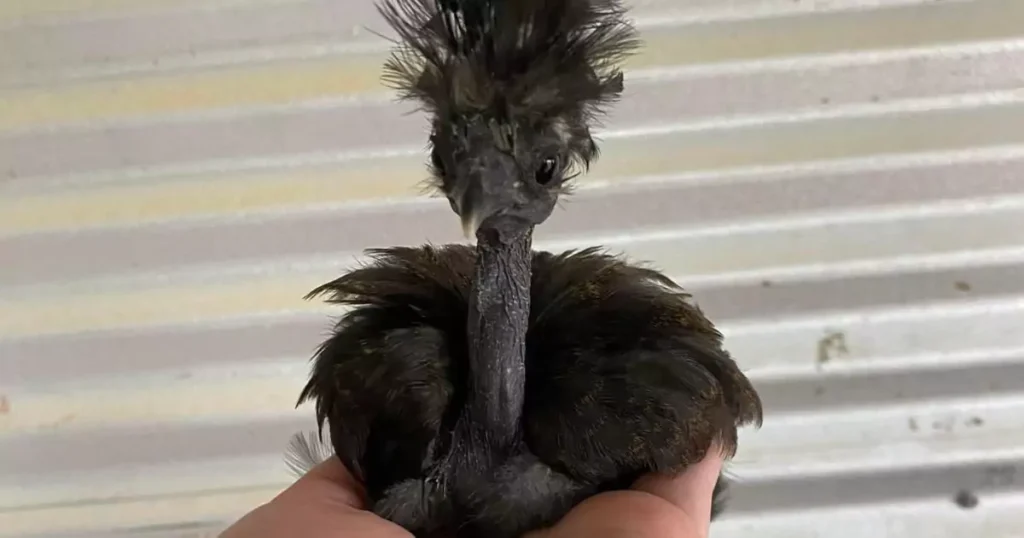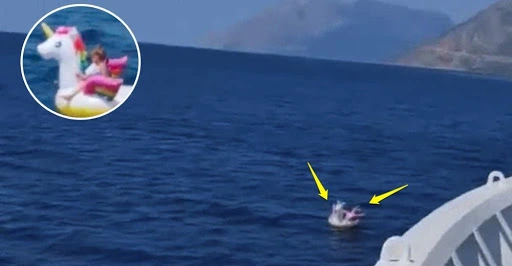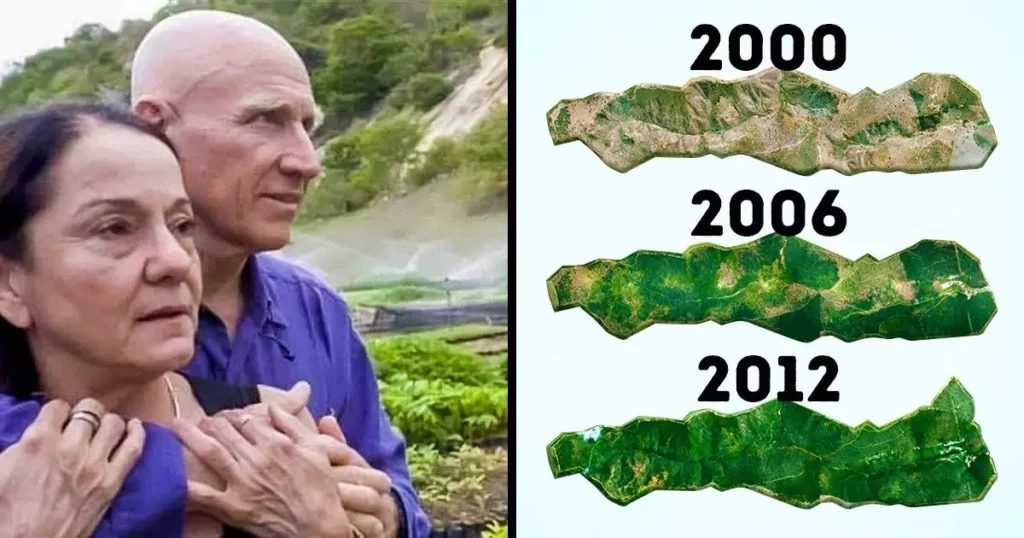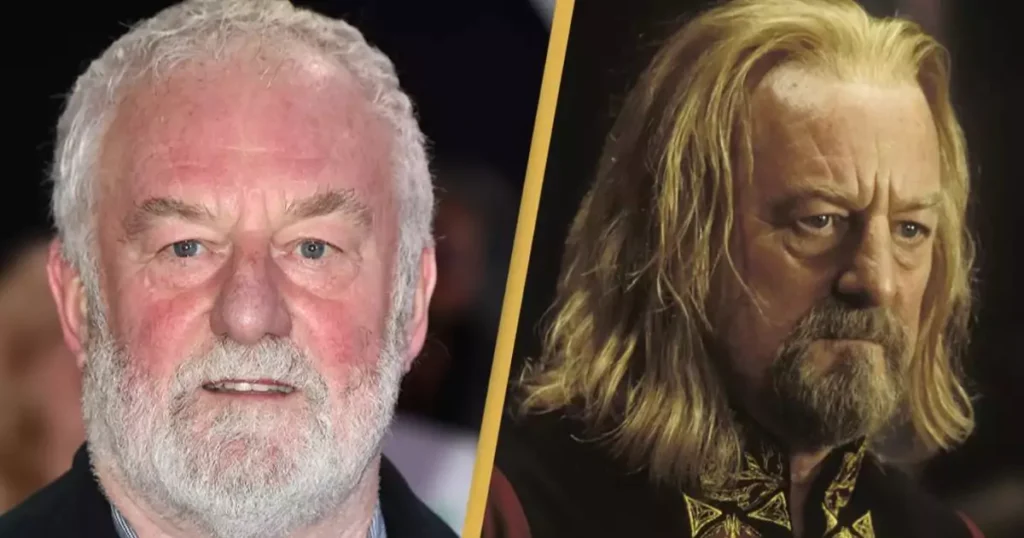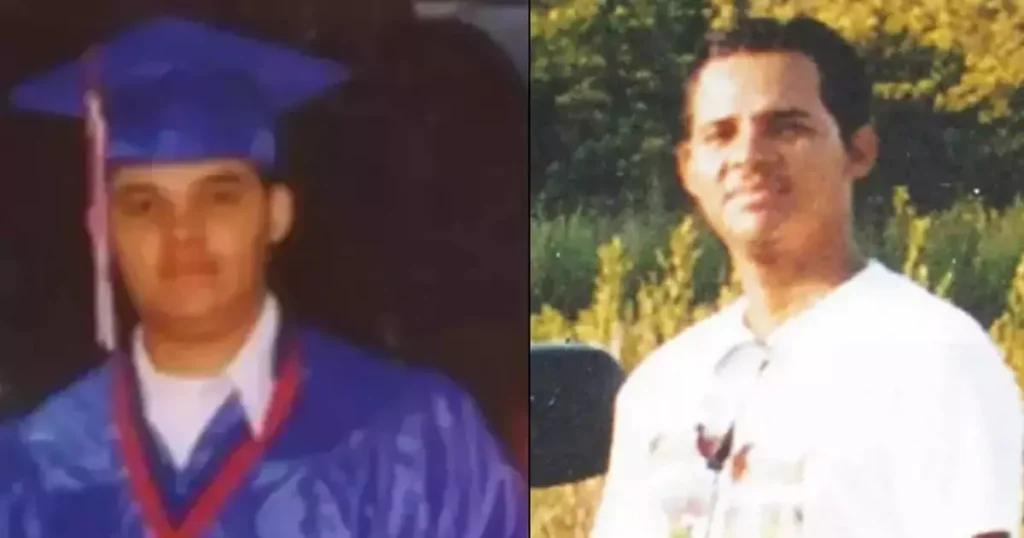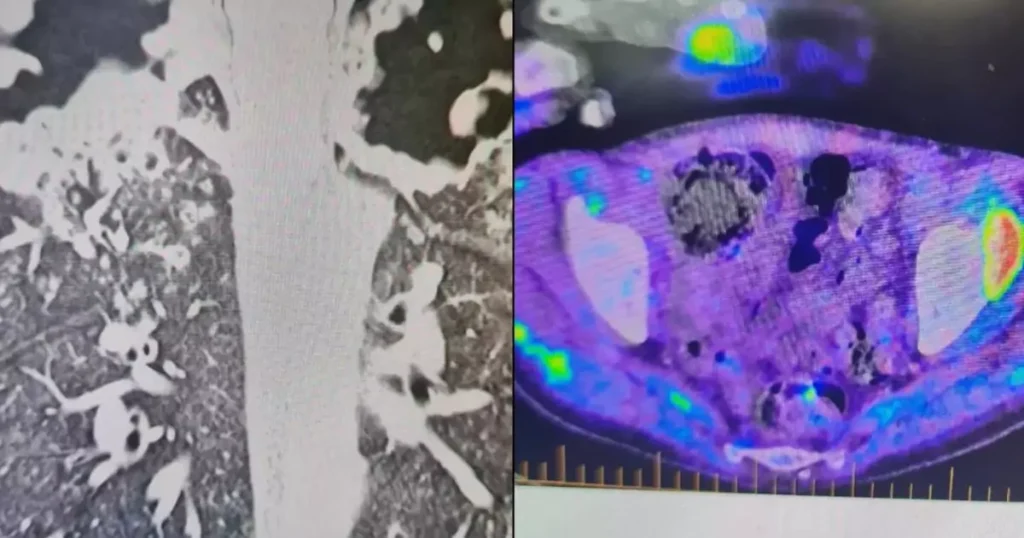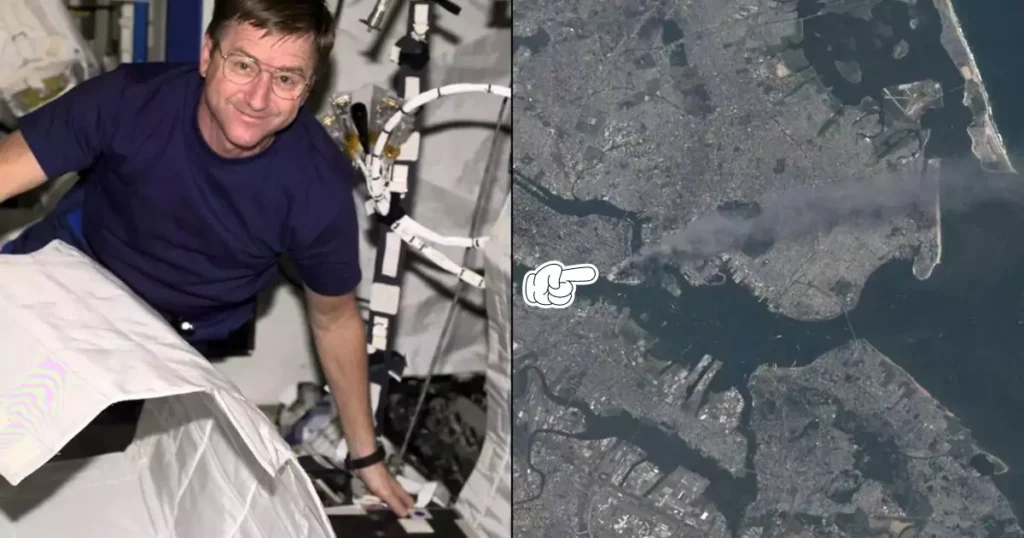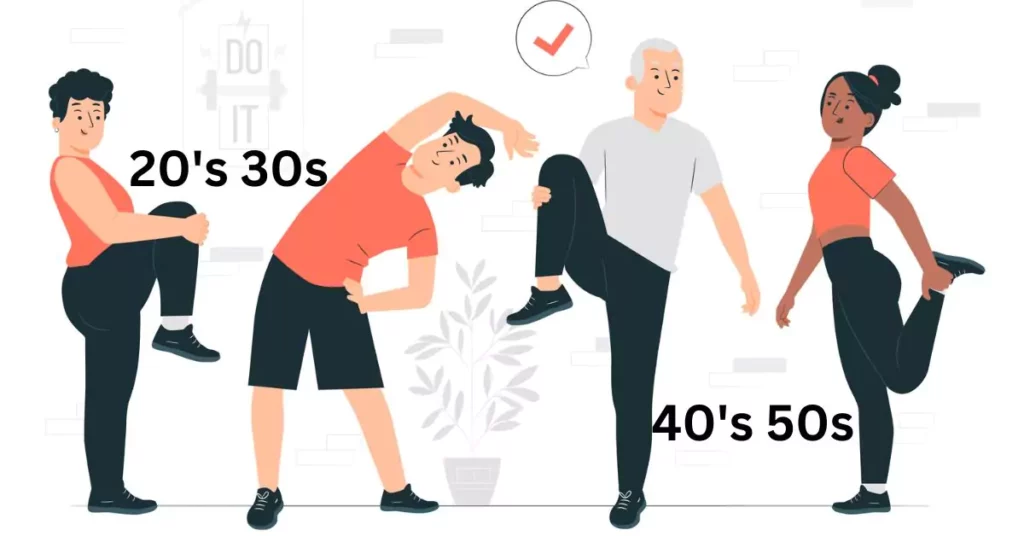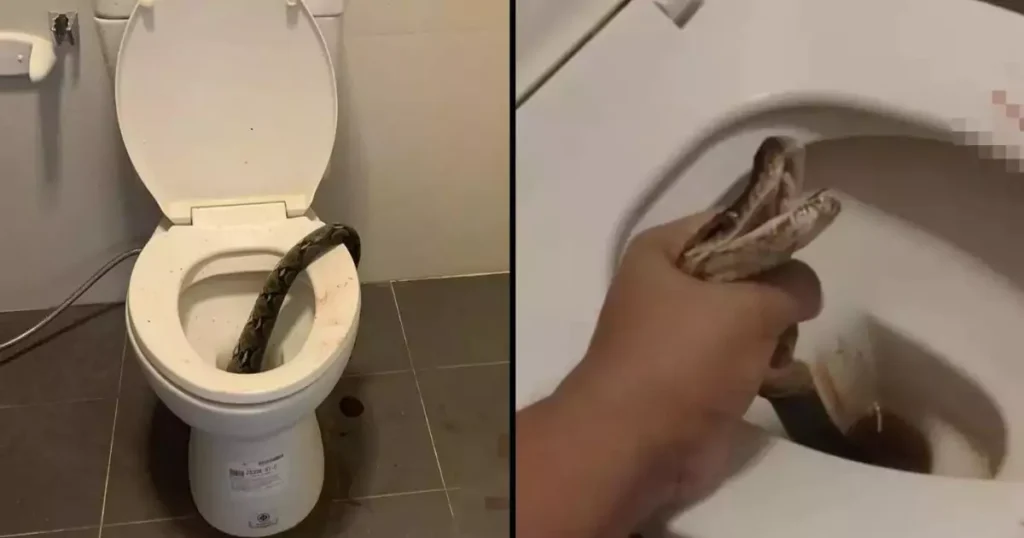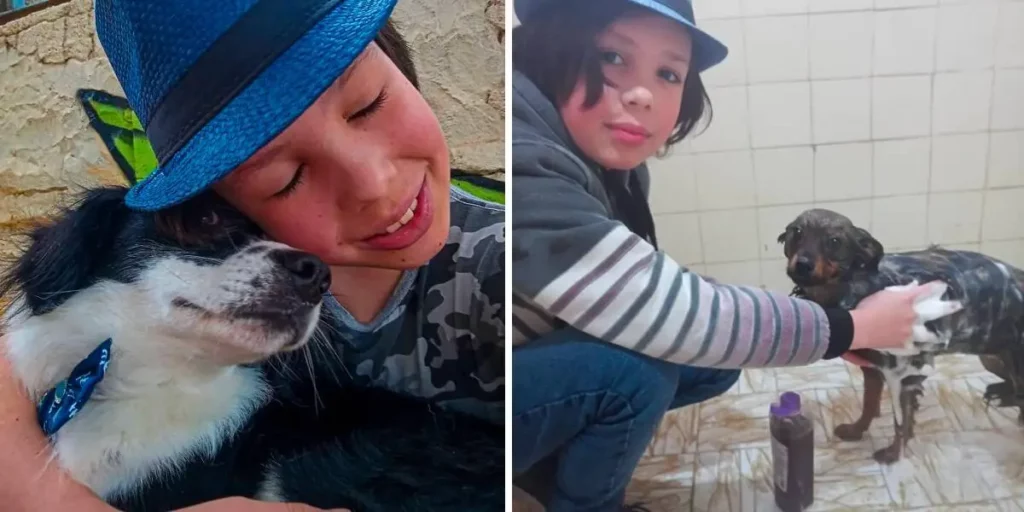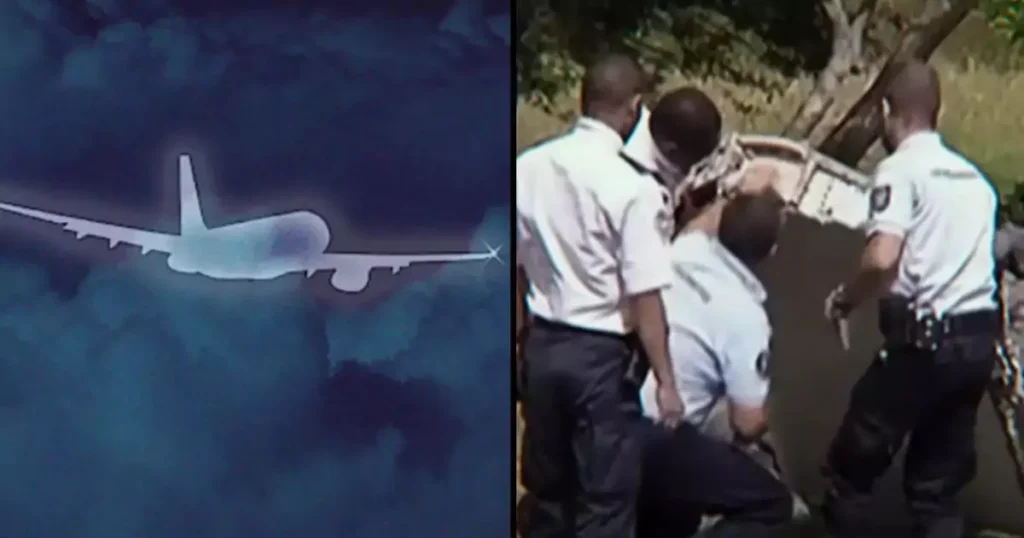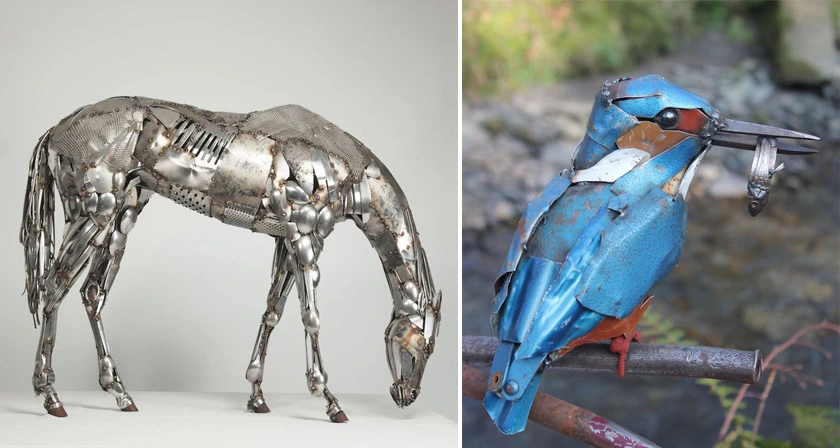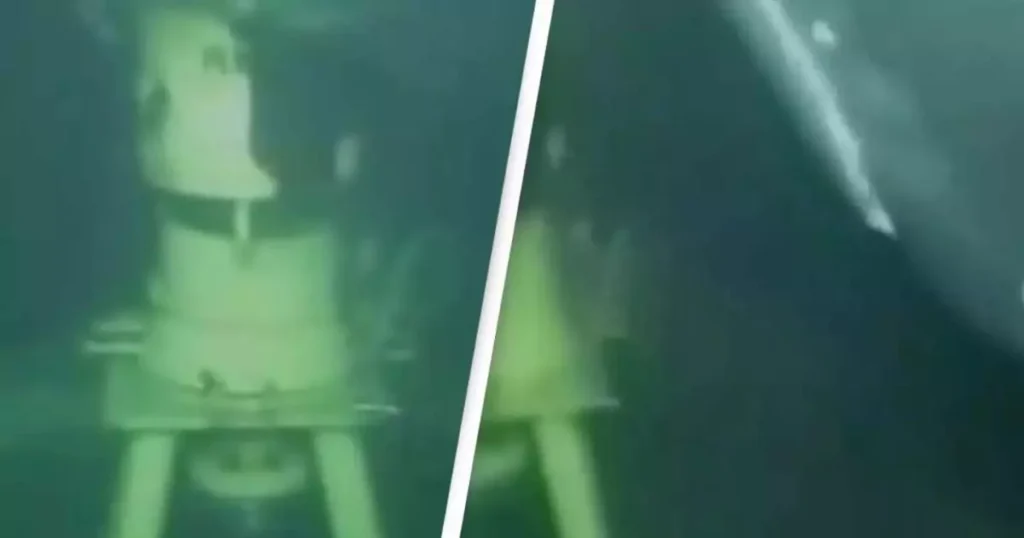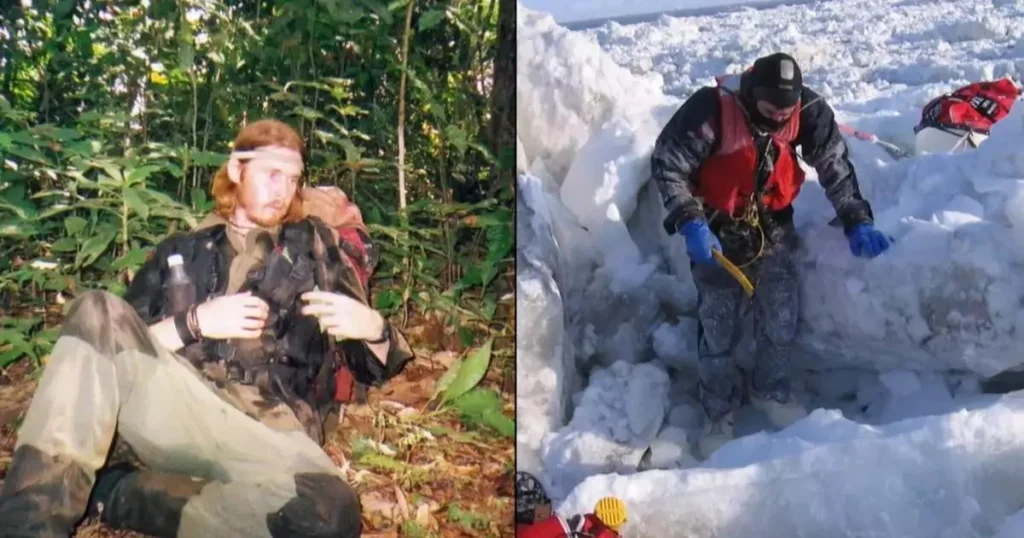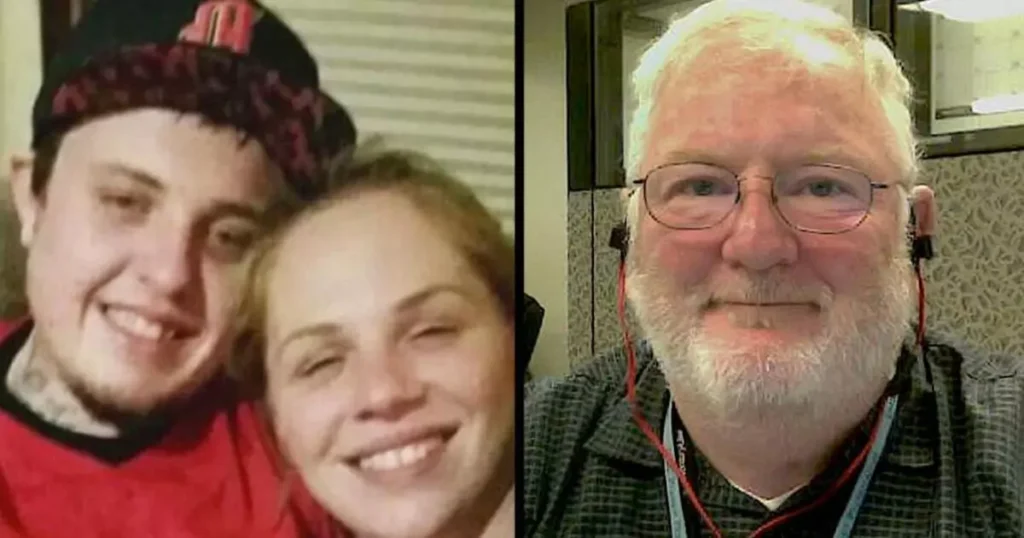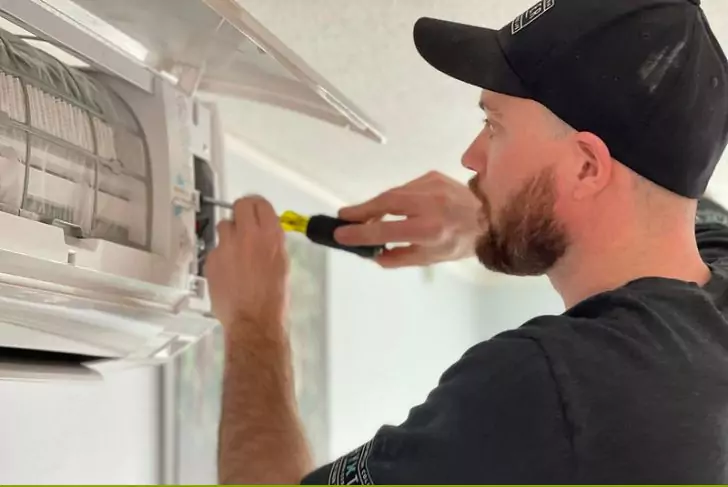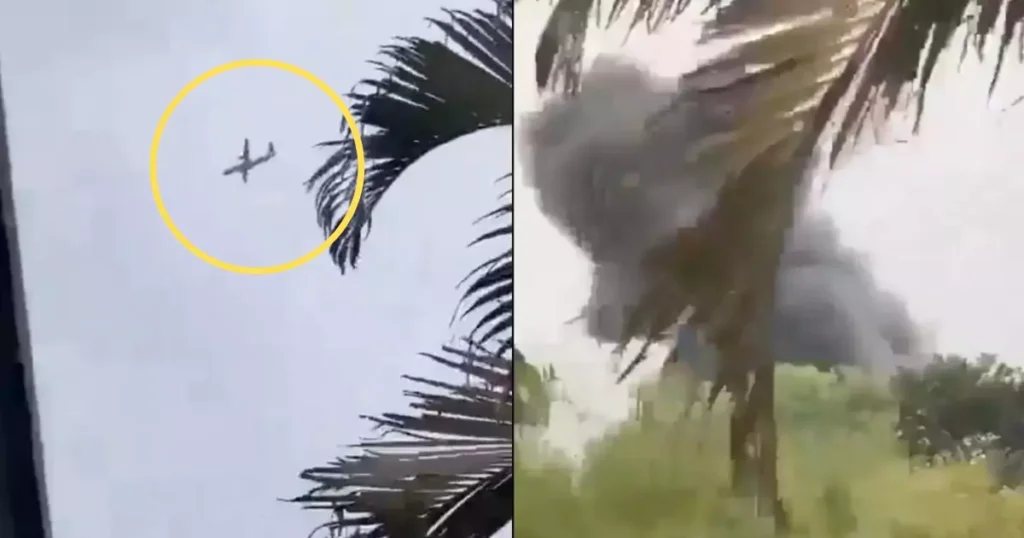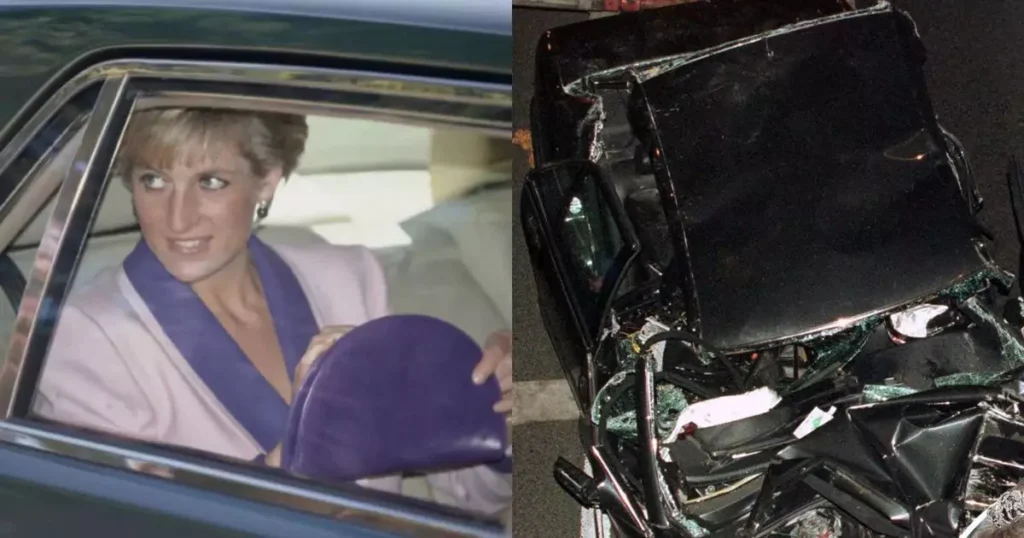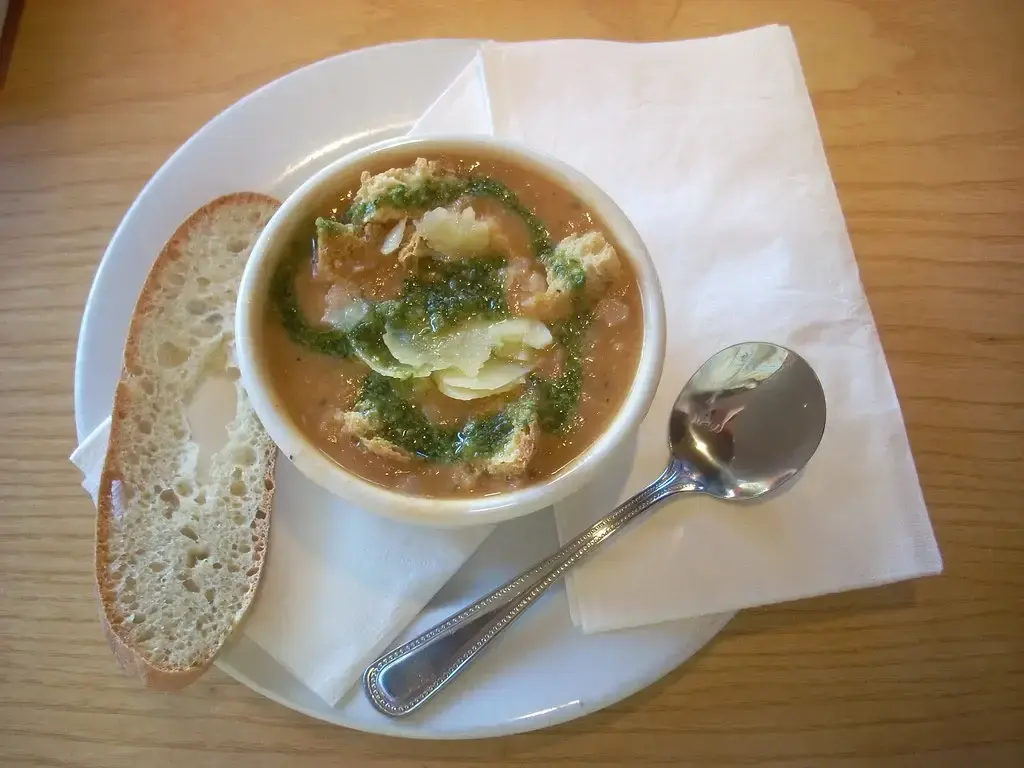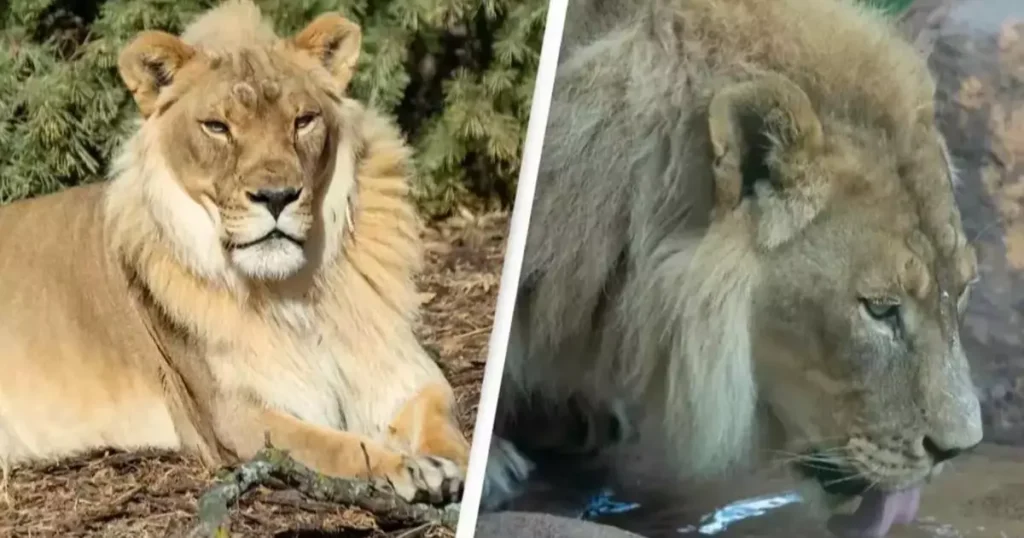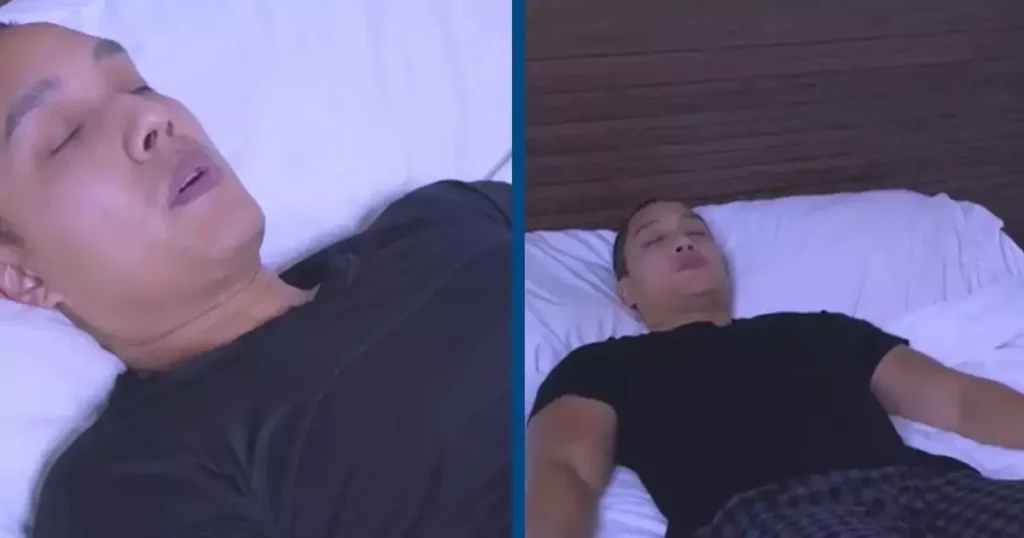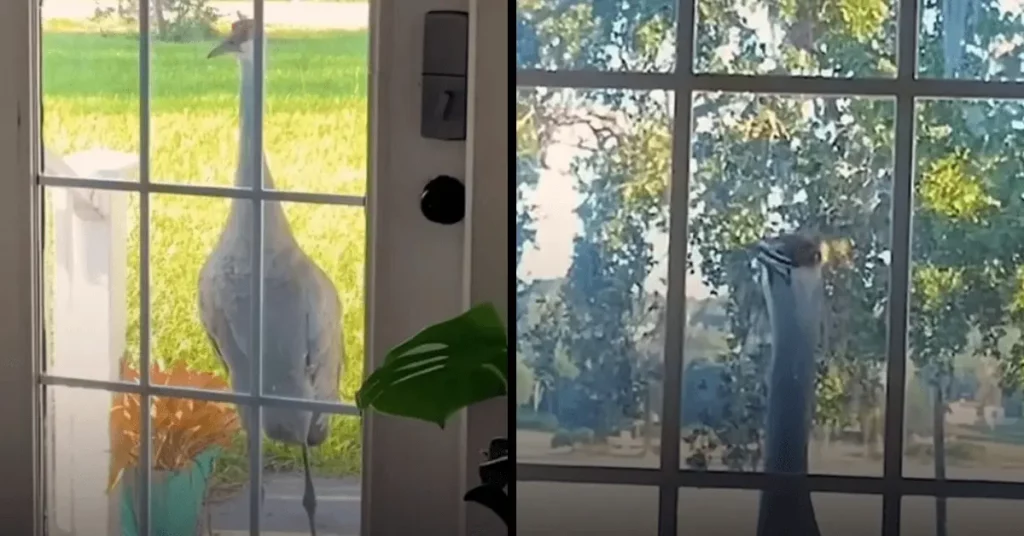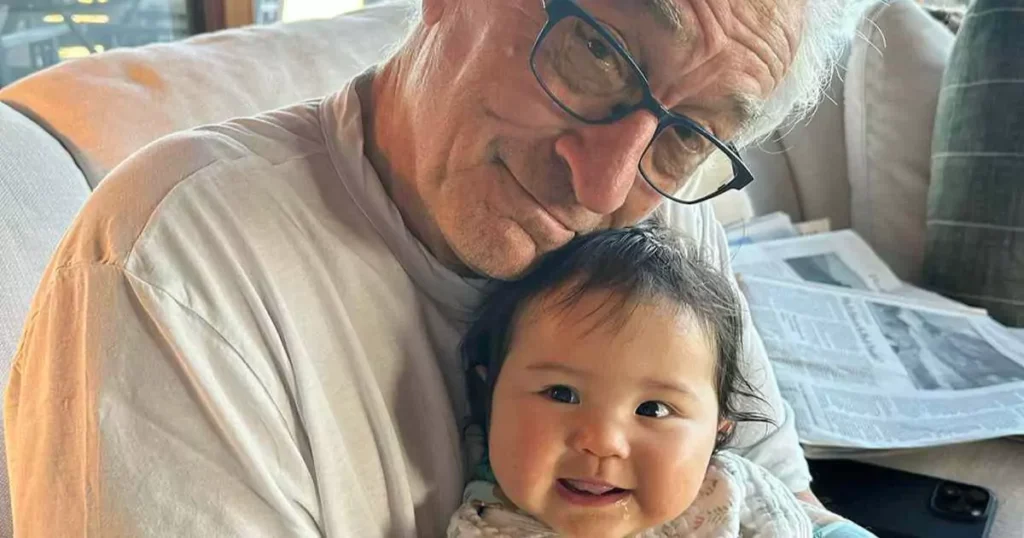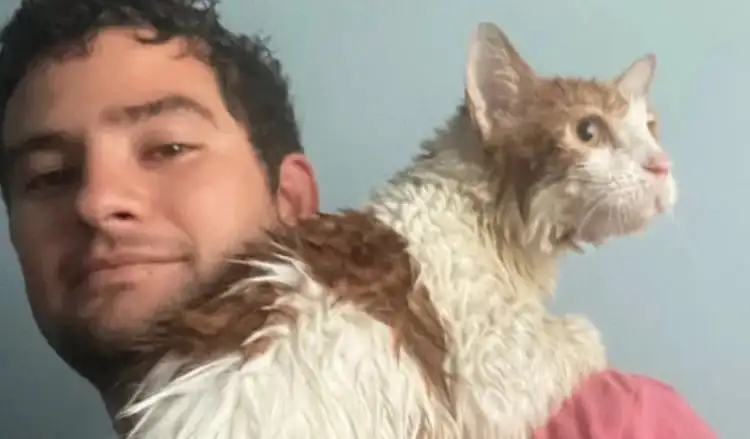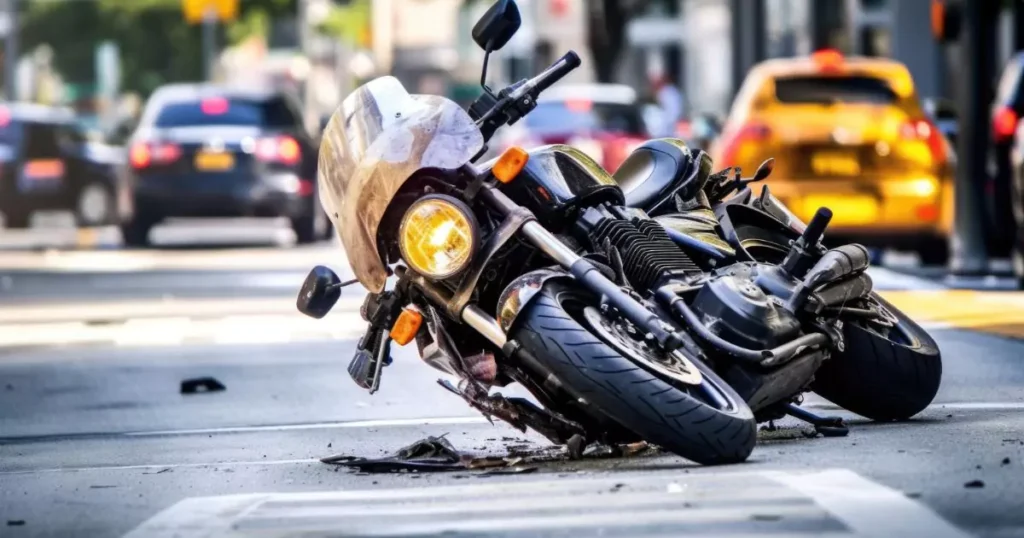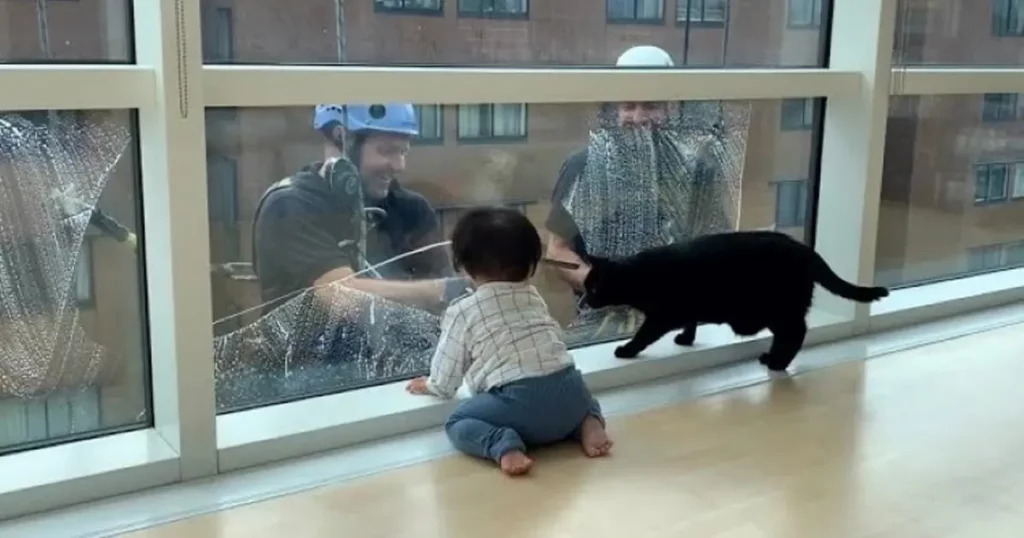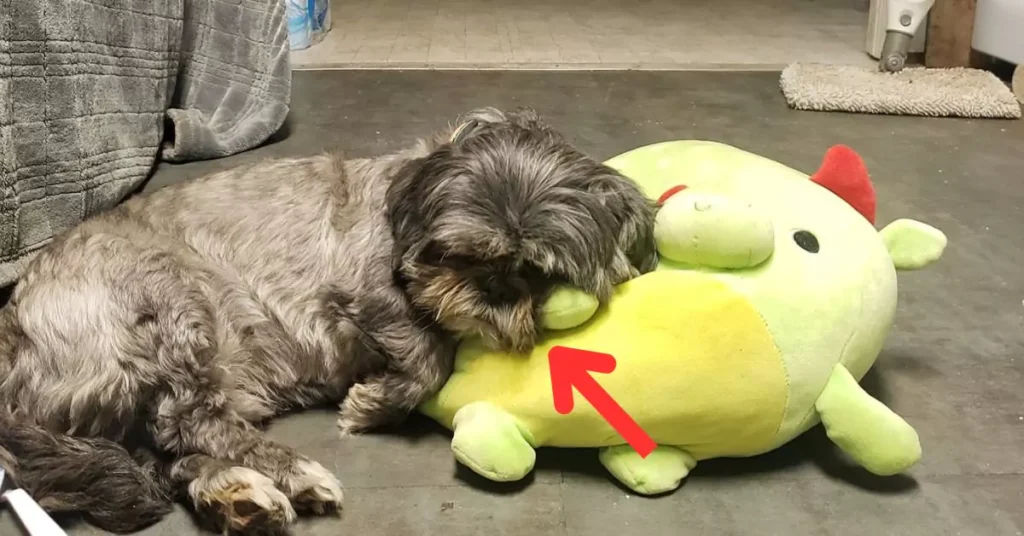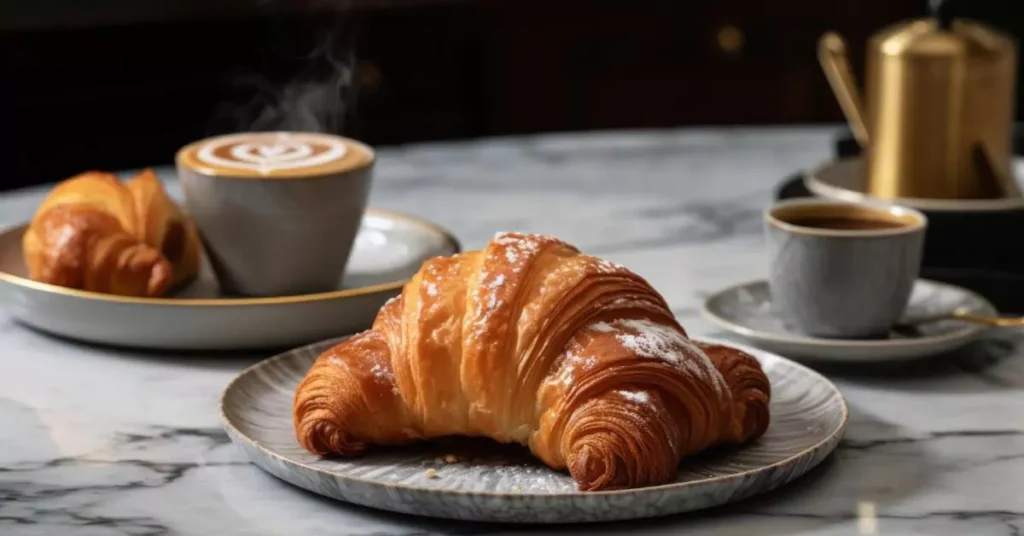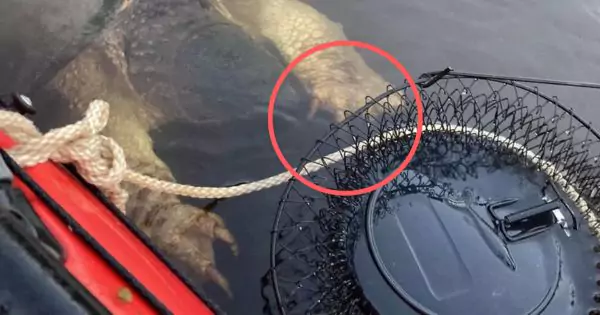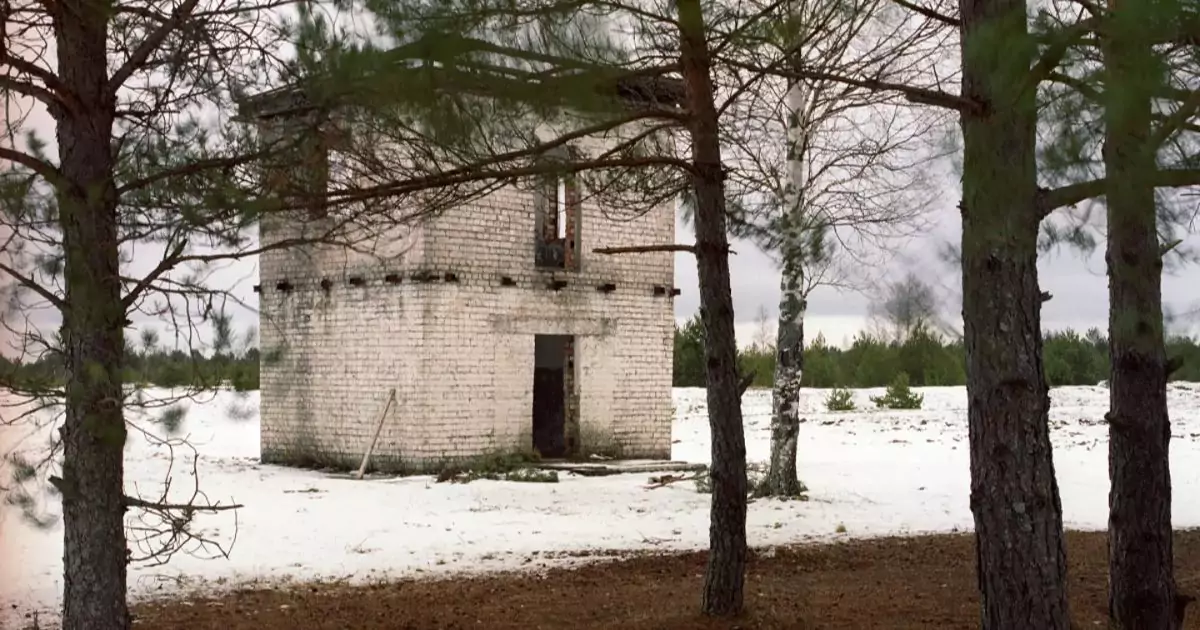
Photography has long been a tool for capturing powerful moments, but some images go beyond what meets the eye. In the world of camouflage and tactical training, blending into the environment is a critical skill. Simon Menner, a renowned photographer, has managed to encapsulate the essence of camouflage through his unique photography series, aptly named “Camouflage“.
In these fascinating images, there is always a hidden sniper, blending so seamlessly into the environment that spotting them can feel almost impossible. In this article, we’ll dive into the details of Menner’s work, explore the art of camouflage, and challenge you to test your own observation skills by trying to spot the hidden sniper.
The Camouflage Series
Simon Menner’s “Camouflage” series is a brilliant collection of photographs that showcase just how effective military camouflage can be. In each of his images, there is a highly trained sniper, hidden in plain sight, aiming their weapon directly at the camera. But here’s the twist: these snipers are almost impossible to see.
Menner collaborated with snipers from the German, Lithuanian, and Latvian Armies to capture these striking images. Through generous access granted by these military forces, Menner was able to take photos that highlight the skill, discipline, and precision of snipers who are trained to remain invisible in hostile environments.
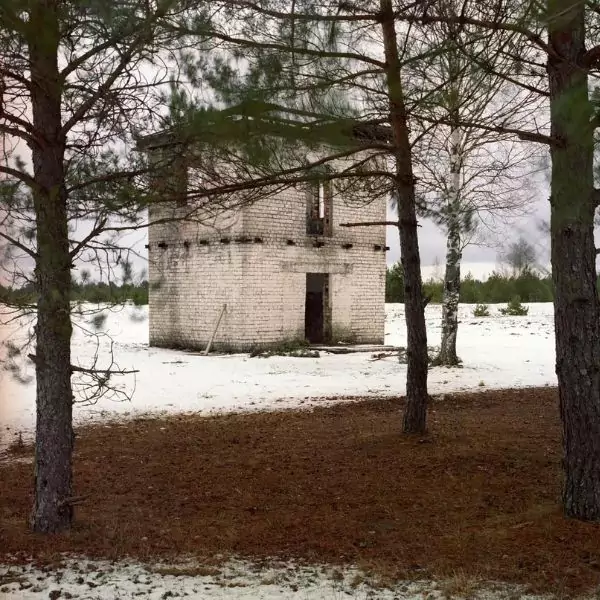
Why Camouflage is a Critical Military Skill
In military tactics, camouflage plays a crucial role in blending soldiers into their surroundings to avoid detection. Whether operating in urban areas, forests, or snowy landscapes, soldiers rely on their ability to stay hidden from enemy eyes. For snipers, this skill is even more essential, as they often need to remain undetected for long periods while keeping targets in their sights.
Snipers use a variety of camouflage techniques, including specialized ghillie suits, natural elements like grass or leaves, and careful positioning. These tactics make them virtually invisible, even when they’re just a short distance away from their target. Menner’s photography showcases these techniques at work, demonstrating how even the most experienced observer can struggle to spot a sniper in his images.
Can You Spot the Sniper?
Let’s test your observation skills. In one of Menner’s most famous images, the scene appears to show an otherwise quiet and empty landscape. The photo captures a snow-covered environment, with a lone tower emerging in the distance. At first glance, the image seems serene and undisturbed. However, there’s a sniper aiming directly at the camera from within this seemingly peaceful scene.
The challenge here is simple: can you spot the hidden sniper?
Take a close look at the photo. Zoom in if you need to. Even though you know the sniper is there, finding them can be tricky. After all, snipers are trained to become part of the environment, so their presence isn’t easily noticed.
A Closer Look: Where is the Sniper?
If you’re having difficulty spotting the sniper, don’t worry—most people do. The sniper in this particular image is positioned with expert precision. The sniper is hidden in a small gap on the second floor of the tower, tucked away in the corner with his weapon pointed directly toward the camera.
The key to spotting the sniper lies in the small details. Look for any slight irregularities in the landscape or areas where shadows might suggest the presence of a hidden figure. The sniper’s camouflage blends perfectly with the surrounding environment, making detection difficult, but not impossible.
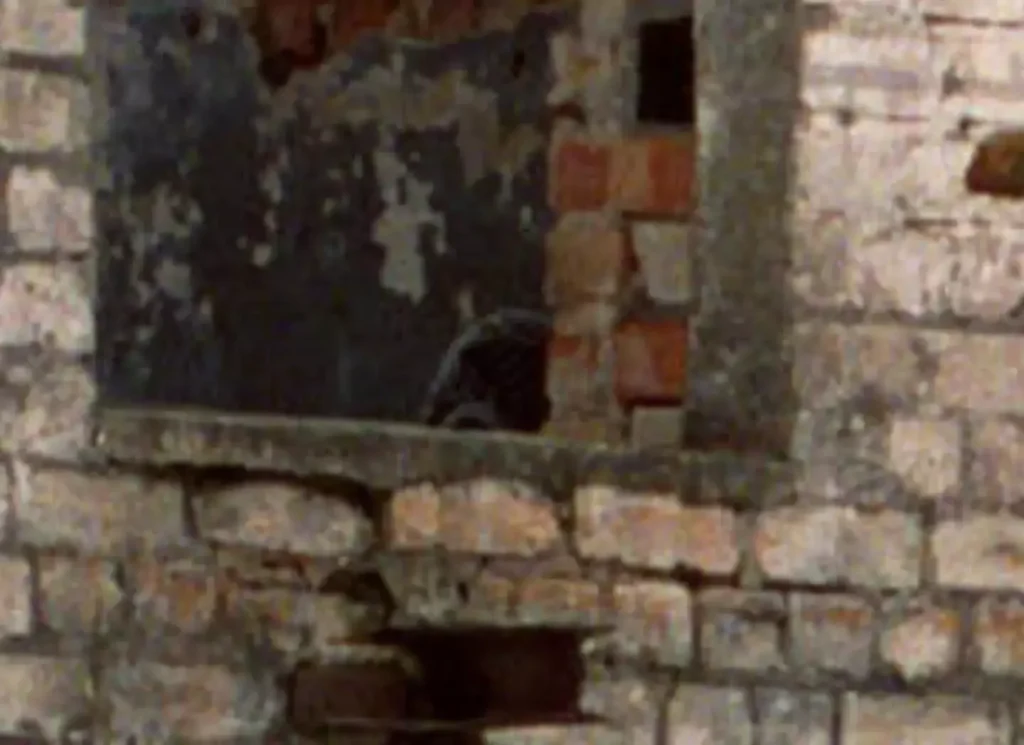
The Psychology Behind Camouflage and Optical Illusions
Menner’s photography not only highlights the effectiveness of camouflage but also taps into the psychology of perception. The human brain is wired to focus on larger, more obvious elements in our surroundings. When confronted with a wide landscape or a busy scene, we naturally look for patterns, colors, and movements that stand out. But in Menner’s photos, the sniper is designed to do the opposite—to blend in.
This concept is closely related to optical illusions—visual tricks that manipulate our perception and make us see things that aren’t really there or overlook things that are. In these sniper photos, Menner plays with our natural instincts and challenges us to break free from the usual patterns of observation.
Simon Menner: The Photographer Behind the Lens
Simon Menner is no stranger to capturing unique and thought-provoking images. His “Camouflage” series is just one example of how his work bridges the gap between art, military strategy, and human perception. In his own words, Menner explained that the goal of this series is to make the invisible visible. He intentionally photographs environments that look empty at first glance, only to reveal, upon closer inspection, the presence of a deadly sniper.
On his website, Menner writes, “Even though they are invisible due to their professionalism, there are hidden snipers in every one of these images. They are aiming at the camera and therefore at the viewer.” His work offers a rare glimpse into the highly skilled world of military snipers while also challenging viewers to engage with the image on a deeper level.
The Role of Camouflage in Everyday Life
While camouflage is most commonly associated with military tactics, its principles can be applied to everyday life. From wildlife photography to fashion, camouflage plays a role in a wide range of industries. In nature, many animals use natural camouflage to protect themselves from predators, while hunters use camouflage clothing to blend in with their surroundings during a hunt.
In photography, the ability to blend elements into the background is key to capturing certain shots without disturbing the environment. Menner’s series reminds us of the power of invisibility—not just in the military but in how we see and interpret the world around us.
Tips for Enhancing Your Observation Skills
Think you’ve got a sharp eye? Spotting hidden figures like the sniper in Menner’s photo requires a keen sense of observation. Here are a few tips to improve your ability to spot details:
1. Take Your Time
When analyzing a scene, don’t rush. Take your time to scan the environment carefully. Look for small inconsistencies or areas that seem out of place.
2. Look for Patterns
Snipers often use the natural patterns of the environment to blend in. Look for areas where these patterns seem to break or change slightly.
3. Adjust Your Perspective
Sometimes, a small shift in perspective can reveal what’s hidden. Move around, change your angle, or zoom in to get a different view of the scene.
4. Train Your Brain
Just like any other skill, observation can be improved with practice. Try engaging with optical illusions or challenging visual puzzles to sharpen your visual processing abilities.
A Fascinating Look at Camouflage and Perception
Simon Menner’s “Camouflage” series offers a rare and captivating look at the art of remaining unseen. His collaboration with the German, Lithuanian, and Latvian Armies allowed him to capture the expertise of snipers, highlighting their remarkable ability to disappear into the environment.
Menner’s work is more than just a test of observation. It’s a reminder of how much we miss when we look only at the surface. By challenging viewers to spot the hidden sniper, Menner forces us to reconsider the way we see the world, whether we’re looking at a photograph or walking through everyday life.

